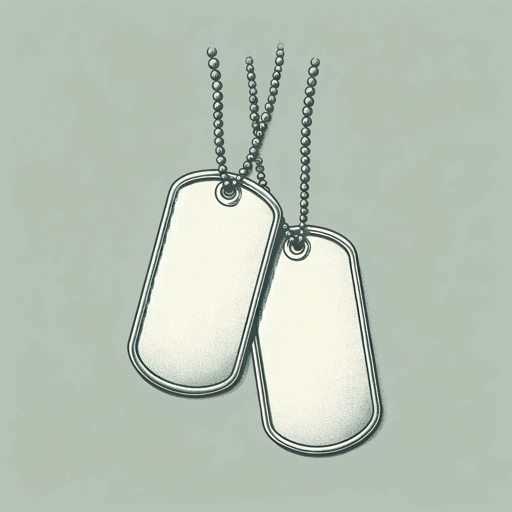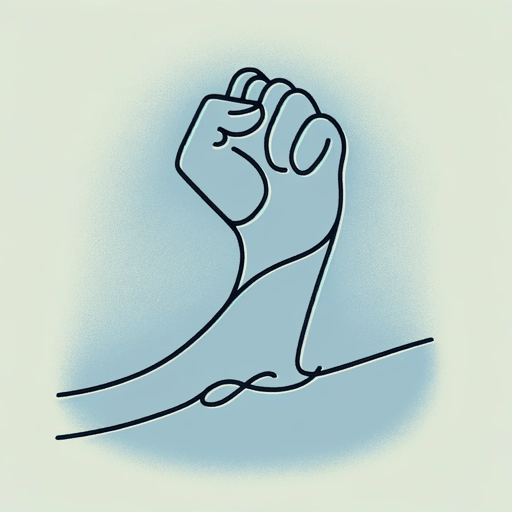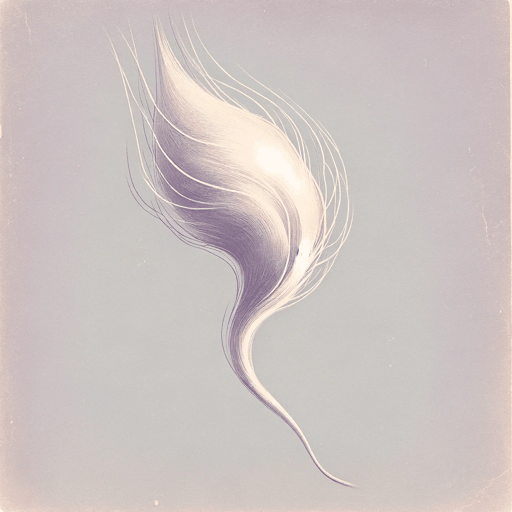18 pages • 36 minutes read
Gwendolyn BrooksBoy Breaking Glass
Fiction | Poem | Adult | Published in 1987A modern alternative to SparkNotes and CliffsNotes, SuperSummary offers high-quality Study Guides with detailed chapter summaries and analysis of major themes, characters, and more.
Further Reading & Resources
Related Poems
“The Children of the Poor” by Gwendolyn Brooks (1949)
In this early poem about childhood and poverty, Brooks considers the dilemma of the Black parent who loves their child but also has to prepare that child for the reality of poverty and racism. Brooks foregrounds the voice of the mother in this poem and does so in the highly structured form of the sonnet (a 14-line poem that comprises an eight-line stanza, a six-line stanza, and regular rhyme and meter). The contrast between form and approach to content in this poem and “Boy Breaking Glass” shows the evolution of Brooks’s craft.
“We Real Cool” by Gwendolyn Brooks (1963)
“We Real Cool” is another poem about Black, urban youth—seven teenagers who play pool and openly proclaim their rebellion. This poem centers the voice of Black youth. These Black teens have each other, unlike the boy in “Boy Breaking Glass,” showing the importance of community as a source of resilience for Black youth.
“The Near-Johannesburg Boy” by Gwendolyn Brooks (1986)
Inspired by the children who participated in protests during the anti-apartheid movement in South Africa, Brooks wrote a poem that is all voice, specifically the voice of a child who is ready to die (or live) for the sake of freedom.
Related Titles
By Gwendolyn Brooks

A Bronzeville Mother Loiters in Mississippi. Meanwhile, a Mississippi Mother Burns Bacon
Gwendolyn Brooks

A Sunset of the City
Gwendolyn Brooks

Cynthia in the Snow
Gwendolyn Brooks

Maud Martha
Gwendolyn Brooks

my dreams, my works, must wait till after hell
Gwendolyn Brooks

Speech to the Young: Speech to the Progress-Toward (Among them Nora and Henry III)
Gwendolyn Brooks

The Ballad of Rudolph Reed
Gwendolyn Brooks

The birth in a narrow room
Gwendolyn Brooks

The Blackstone Rangers
Gwendolyn Brooks

The Chicago Defender Sends a Man to Little Rock
Gwendolyn Brooks

The Crazy Woman
Gwendolyn Brooks

The Lovers of the Poor
Gwendolyn Brooks

The Mother
Gwendolyn Brooks

the rites for Cousin Vit
Gwendolyn Brooks

To Be in Love
Gwendolyn Brooks

To The Diaspora
Gwendolyn Brooks

Ulysses
Gwendolyn Brooks

We Real Cool
Gwendolyn Brooks

